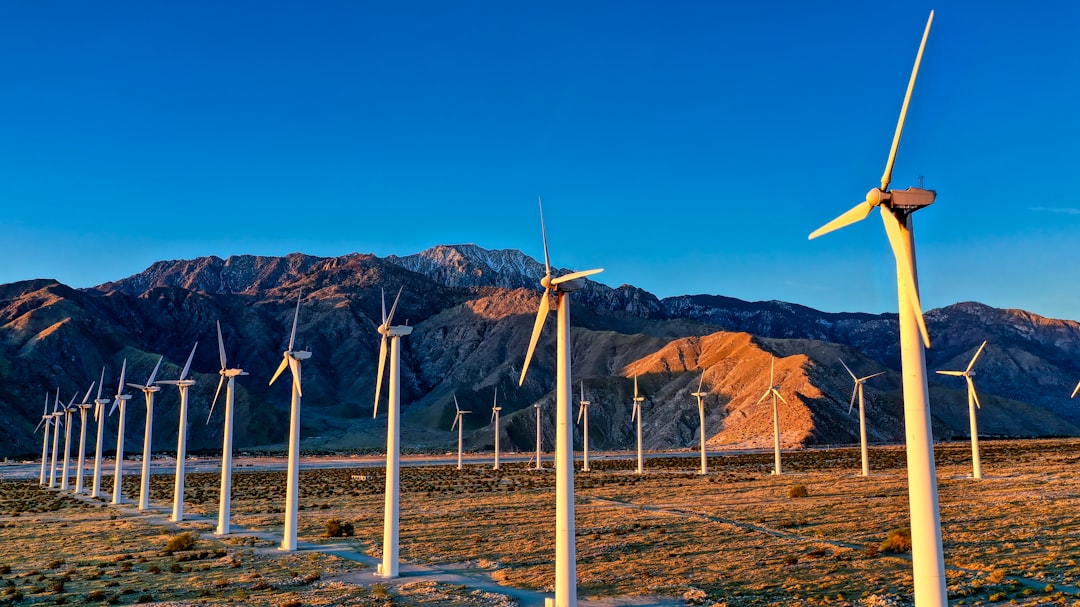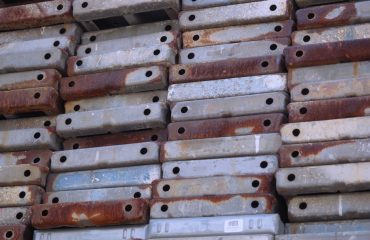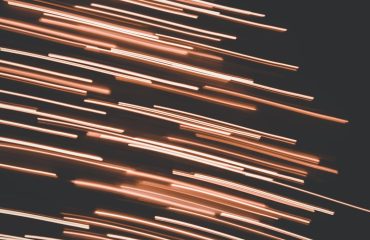Wind energy is rapidly becoming a cornerstone of sustainable energy production, and at the heart of every wind turbine lies a complex network of precisely engineered components. Among these, steel profiles play a truly indispensable role, contributing significantly to the structural integrity, efficiency, and longevity of these colossal machines. This post delves into the multifaceted world of steel profiles in wind energy projects, exploring their applications, manufacturing processes, advantages, challenges, and future prospects.
1. The Diverse Applications of Steel Profiles in Wind Turbines
Steel profiles aren’t just one size fits all; their versatility is key to their widespread use in wind turbine construction. They are employed in a variety of critical components, each demanding specific properties:
- Towers: The towering structures supporting the nacelle and rotor are often constructed using tubular steel profiles, chosen for their high strength-to-weight ratio and resistance to bending and buckling under extreme wind loads. These profiles, frequently hot-rolled, are meticulously welded and assembled to create the robust tower framework.
- Nacelles: The nacelle, housing the gearbox, generator, and other vital components, also relies heavily on steel profiles. These provide a rigid and protective structure, often incorporating box sections and other complex shapes to withstand the dynamic forces experienced during operation.
- Rotor Blades: While not directly made of steel profiles, the internal support structures of many rotor blades utilize steel profiles to maintain their aerodynamic shape and withstand centrifugal forces during rotation. These internal structures often require high-strength, lightweight steel alloys.
- Foundations: The foundation, anchoring the entire turbine to the ground, frequently employs steel profiles as part of a reinforced concrete structure. These profiles provide additional strength and stability, ensuring the turbine remains securely grounded even in harsh weather conditions.
- Internal Bracing: Within the tower and nacelle, numerous smaller steel profiles act as bracing elements, enhancing stiffness and preventing vibrations. These are often cold-formed profiles, offering flexibility in design and manufacturing.
2. Manufacturing Processes for Wind Turbine Steel Profiles
The production of steel profiles for wind turbines requires stringent quality control and precision engineering. Common manufacturing methods include:
- Hot Rolling: This process involves passing heated steel billets through a series of rollers to shape them into the desired profile. Hot rolling is ideal for producing large, strong profiles used in tower construction.
- Cold Forming: Cold forming involves shaping steel at room temperature, allowing for greater precision and the creation of complex shapes. This method is often used for smaller bracing elements and profiles within the nacelle.
- Welding: Welding is crucial for joining individual steel profiles to create larger structures. Advanced welding techniques, such as robotic welding, ensure high-quality, consistent welds essential for structural integrity.
- Surface Treatments: To enhance durability and protect against corrosion, steel profiles are often subjected to surface treatments like galvanizing, painting, or powder coating. These coatings extend the lifespan of the turbine and minimize maintenance requirements.
3. Advantages of Using Steel Profiles in Wind Energy
The widespread adoption of steel profiles in wind turbine construction stems from several key advantages:
- High Strength-to-Weight Ratio: Steel offers exceptional strength relative to its weight, crucial for minimizing the overall mass of the turbine and reducing material costs.
- Durability and Longevity: Properly treated steel profiles exhibit excellent resistance to corrosion and wear, ensuring a long operational lifespan for the wind turbine.
- Design Flexibility: Steel profiles can be produced in a vast array of shapes and sizes, accommodating the diverse design requirements of different turbine models.
- Cost-Effectiveness: While initial material costs might be significant, the long-term durability and reduced maintenance requirements of steel contribute to overall cost-effectiveness.
- Recyclability: Steel is a highly recyclable material, promoting sustainability and reducing environmental impact at the end of the turbine’s lifespan.
4. Challenges in Utilizing Steel Profiles for Wind Turbine Construction
Despite its advantages, using steel profiles in wind turbine construction presents some challenges:
- Transportation and Logistics: Transporting large, heavy steel profiles to remote wind farm locations can be logistically complex and expensive.
- Corrosion: Even with protective coatings, corrosion remains a potential concern, particularly in harsh coastal environments. Regular inspection and maintenance are crucial.
- Fatigue: The cyclical loading experienced by wind turbines can lead to fatigue failure in steel components over time. Careful design and material selection are essential to mitigate this risk.
- Manufacturing Complexity: Producing complex steel profiles for specific applications can be technically challenging and require specialized equipment.
- Cost Fluctuations: The price of steel can fluctuate significantly, impacting the overall cost of wind turbine construction.
5. Future Trends in Steel Profiles for Wind Energy
The future of steel profiles in wind energy is marked by innovation and a focus on enhancing performance and sustainability:
- Advanced Steel Alloys: The development of high-strength, lightweight steel alloys will enable the construction of even taller and more efficient wind turbines.
- Optimized Designs: Advanced computational modeling and simulation techniques are being used to optimize the design of steel profiles, maximizing strength and minimizing weight.
- Sustainable Manufacturing Practices: A greater emphasis on sustainable manufacturing processes, including reduced energy consumption and minimized waste, is expected.
- Smart Monitoring Systems: The integration of smart sensors and monitoring systems will allow for real-time assessment of the structural integrity of steel components, enabling proactive maintenance.
- Recycled Steel Utilization: Increased use of recycled steel in wind turbine construction will further enhance the sustainability of this renewable energy source.
In conclusion, steel profiles are fundamental to the successful deployment of wind energy. Their versatility, strength, and durability make them an essential material in the ongoing quest for cleaner, more sustainable energy solutions. Addressing the challenges and embracing the innovative trends discussed above will pave the way for even larger, more efficient, and environmentally responsible wind energy projects in the future.
Tags: Steel profiles, wind energy, wind turbines, steel construction, renewable energy




